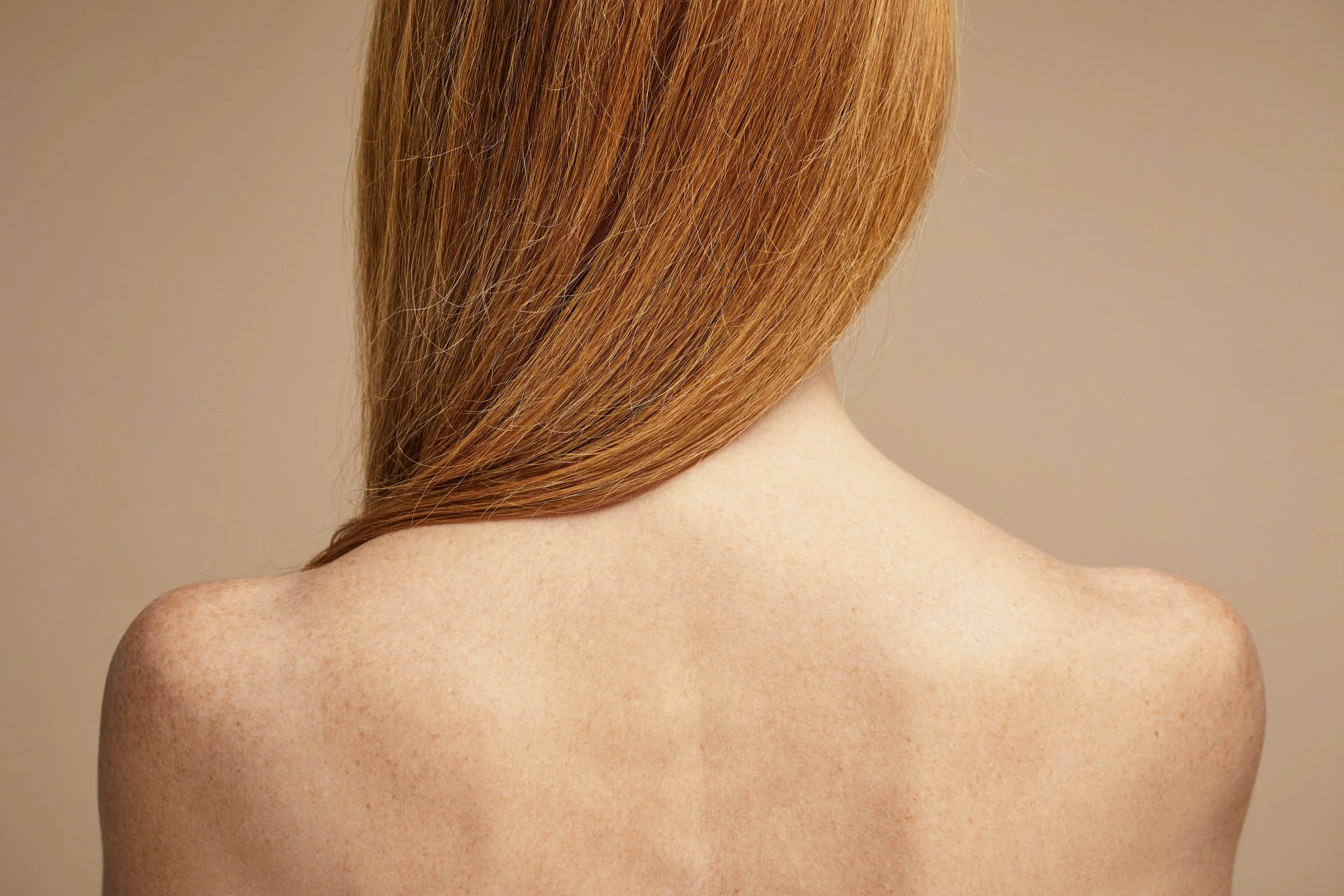
Navigate every Curve with Confidence
Your guide to helping you find clarity and support through your scoliosis journey
Your teen’s growth spurt is scoliosis’ favorite time. Stay ahead of it.
Scoliosis 101
-
Scoliosis is when the spine curves sideways in an "S" or "C" shape instead of being straight. It can be mild or more noticeable, and it often shows up during the growth spurt in early teens.
-
Look for uneven shoulders, one hip higher than the other, or ribs sticking out more on one side. Doctors often use a quick "bend forward test" to check for curves.
-
Pain with scoliosis varies from person to person. Some teens with smaller curves may not feel much discomfort at all, while others - especially those with larger curves or certain curve types- can experience ongoing or occasional back pain. Teens with more severe curves (around 40 degrees and higher) are more likely to have pain and may need surgery, which involves a recovery period that can be painful but manageable with care and support.
-
Treatment for scoliosis depends on how large the curve is, how quickly it's changing, and each teen's individual situation. Some teens only need regular checkups to monitor as they grow. Others might wear a back brace to help the curve from getting worse. In more serious cases, surgery may be recommended. Every case is different, so it's important for families to talk with professionals to find the right treatment plan.
-
Usually not! Most teens with scoliosis can stay active and play sports. Exercise helps keep your back and core strong. Activities like walking, yoga or pilates, and especially swimming are often great choices. Some high-impact or one-sided sports may cause discomfort, so it's best to talk with a doctor or physical therapist about what's right for you.
1 in 25 teens has Scoliosis - and many don’t know it yet.
Scoliosis is more common than you think and many cases go undetected, which is why awareness and early detection is especially important.
8 in 10 scoliosis curves form for reasons we don't fully understand.
These cases are idiopathic, meaning there's no known single cause. Researchers think genetics, growth patterns, and posture may all play a role.
Girls are more likely to have scoliosis- and more likely to need treatment.
While scoliosis can affect anyone, girls are about 8 times more likely than boys to have a curve that keeps progressing and needs a brace or surgery.
Spot the signs at home.
Uneven shoulders
One hip higher than the other
A rib or shoulder blade sticking out
Ka’iulani, teen at Shriners Children’s
“I’ve learned to live with my brace, which isn’t really that bad. Now I want to be a role model for kids with scoliosis, so that they know that it isn’t that scary and they’re strong enough to get through it.”
Lindsay Fritz, a teen after getting scoliosis diagnosis





